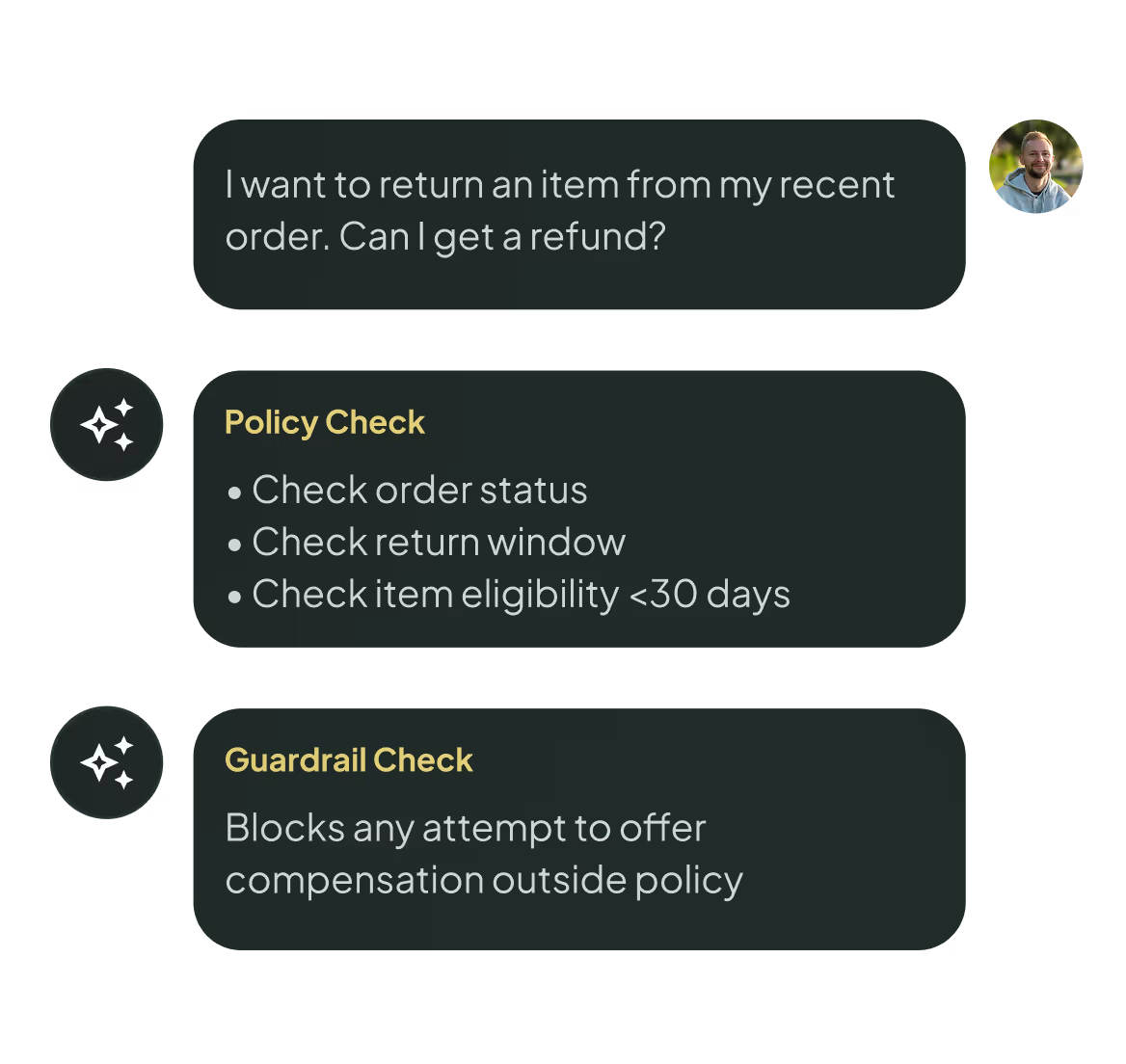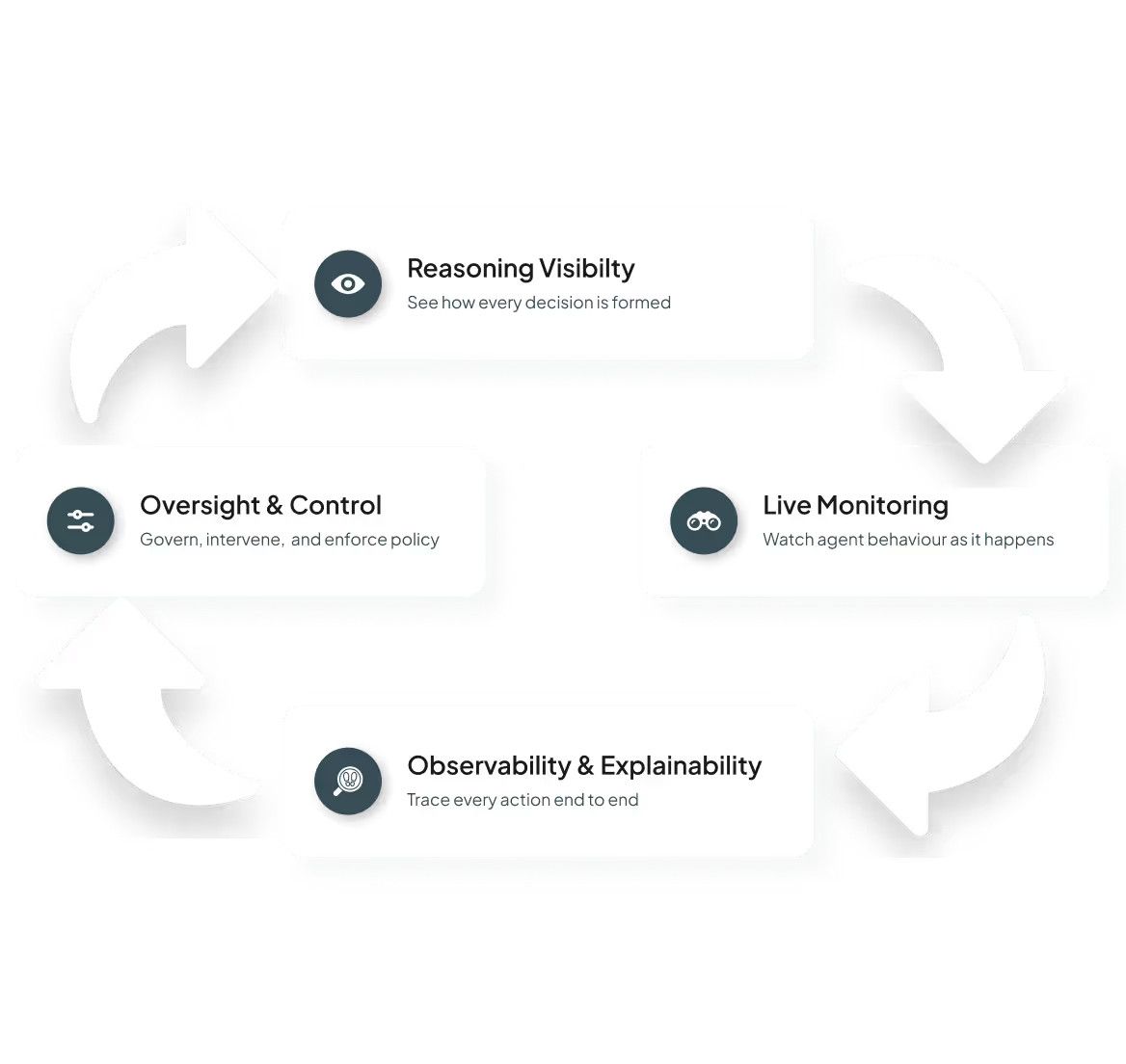Agentic AI for CX
Built to proactively orchestrate real-world customer journeys across every channel, reliably, contextually, and always on-policy.


Trusted by the Fortune 500














Engineered for the real world

Proactive by default

Governed by design

Enterprise proven
Meet Netomi
Autonomous AI Agents with situational intelligence
Scene-aware and policy-aligned, these AI Agents interpret situations, orchestrate actions, and complete transactions, delivering fast, accurate, compliant outcomes without human effort.
Real-time AI assistance with a human in the loop
By providing instant context, validated knowledge, preference insights, and policy-backed next steps, AI Agents help humans resolve issues accurately, quickly, and on brand.
Clarity and control you can trust
Trust and confidence come from true transparency. See how every agent thinks and acts, the data it uses, and each step of reasoning through real-time dashboards that reveal sentiment shifts, transaction decisions, policy checks, and meaningful insights.
Safety, accuracy, and disciplined decisions at the core
Policies, records, rules, and updates are instantly available, keeping decisions informed and precise. Disciplined AI validates accuracy, checks guardrails, and applies your policies with consistency.





Enterprise AI platform built for real life, not just ideal conditions
Backed by the world’s top AI leaders.







Jeffrey Katzenberg

Greg Brockman

Demis Hassabis

Mustafa Suleyman

Nikesh Arora

Henry Kravis

Andy Brown

Peter High
Metis Strategy

Gokul Rajaram

Chris Wiggins
Columbia University
Fortune 500 enterprises trust Netomi for mission-critical customer experience

“We just launched a new Agentic AI capability. Let’s be honest… chatbots are terrible in any industry. Especially for something complicated like an airline, they’re hard to do right. Generative AI is going to fix that. We just launched a solution recently which has promise to really up the game on the chat experience. You can do it all without talking to an agent and get a good result coming out of it. We’re very excited about it.”

“AI is redefining the speed and quality of experiences we deliver to our millions of customers. Our collaboration with OpenAI and Netomi shows how we can scale intelligence across the business with intent and discipline. We’re using advanced technology to enhance decisions, deepen our connection with fans, and uphold the trust that defines DraftKings.”

“Netomi’s AI capabilities enable true personalized HR support for MGM Resorts’ 63,000+ team members around policies, benefits, payments, training, and insurance.
I’m excited by Netomi’s role in helping us leverage advancements in AI to improve the employee experience for our global workforce.”
See how Netomi performs in the real world
.avif)







.svg)
